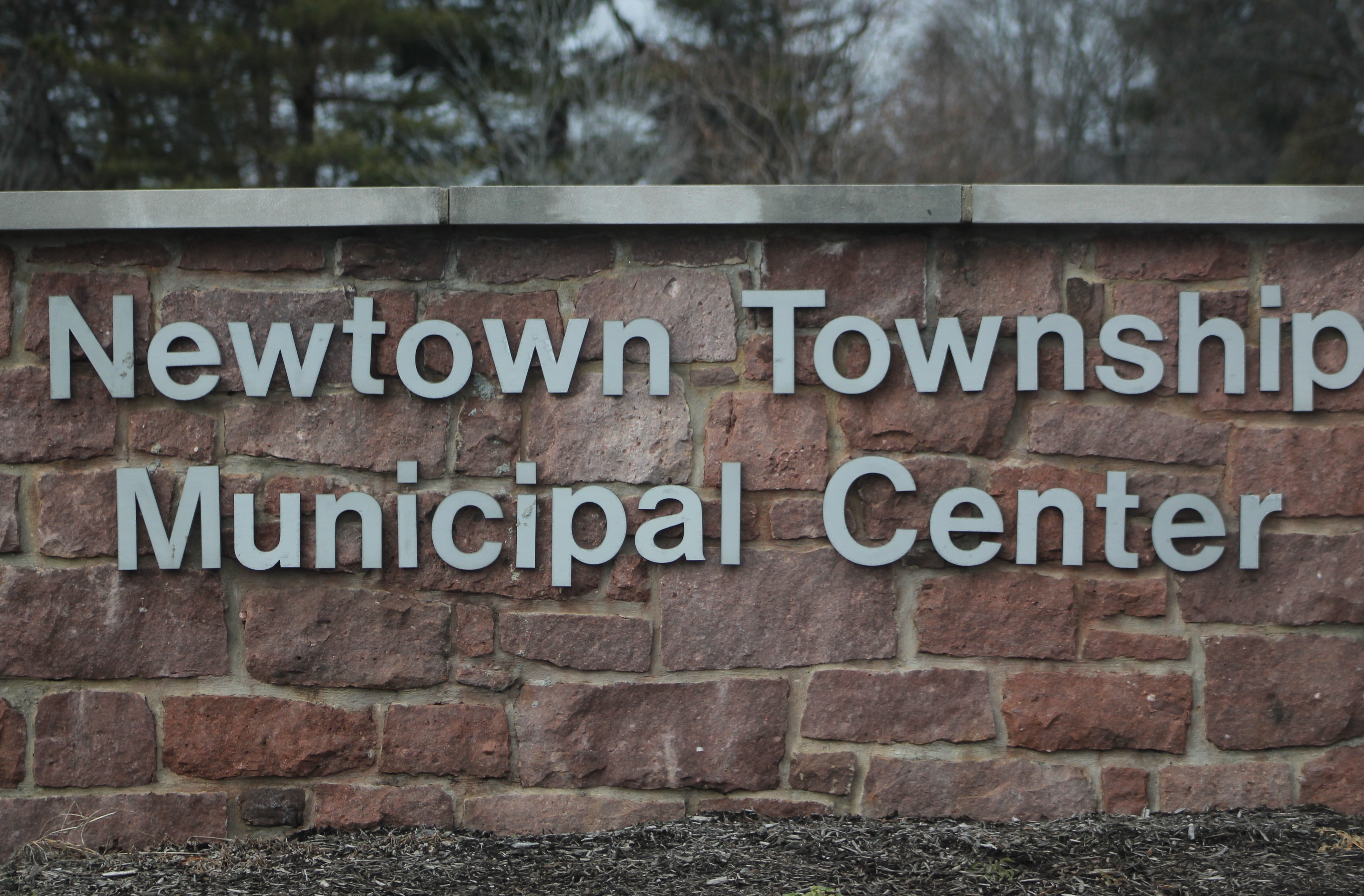Spotlight PA is an independent, nonpartisan, and nonprofit newsroom producing investigative and public-service journalism that holds power to account and drives positive change in Pennsylvania. Sign up for our free newsletters.
By Kate Huangpu | Spotlight PA

In an election year that saw big wins for Republicans in Pennsylvania, the state House stayed under Democratic control — by one seat.
The party’s ability to hold onto its majority during a red wave is partly explained by newer district boundaries approved in early 2022 and partly by the idiosyncratic ways voters behave.
Experts say the current state House map was drawn so the majority reflects statewide party preferences. Based on election results across the commonwealth, a narrow majority for either Democrats or Republicans was a reasonable outcome.
Control of the chamber ultimately hinged on two close races in districts that aren’t competitive on paper. Razor-thin margins there show that sometimes traditional metrics can’t predict the choices voters make on Election Day.
A legislative commission made up of members of both legislative chambers and major parties, plus a nonpartisan tiebreaker chosen by the sitting governor, redraws the state House and Senate maps every 10 years to reflect population changes.
The 2022 maps differed significantly from previous ones. Both created fewer competitive districts than the old maps had. This makes the districts more stable and less likely to swing politically from year to year.
To estimate competitiveness, Spotlight PA uses a measure from the nonpartisan map analysis organization Dave’s Redistricting App. It classifies a district as competitive when candidates consistently win or lose by a margin of 10 or fewer points based on composite election results.
Of the commonwealth’s 203 state House districts, just 30 are currently considered competitive. That’s down from 45 competitive districts in the previous map.
Similar changes occurred in the 50-member state Senate, where the number of competitive districts shrank from 13 under the previous map to 9. That chamber will remain under GOP control in 2025, with a 28-22 majority.
Jonathan Cervas, a professor of political science at Carnegie Mellon University, was a member of the team that worked on the legislative redistricting process.
Of the state House map in particular, he said that the group aimed to create districts that produced “majoritarian representation,” meaning that whichever party won a majority of the votes in statewide races would likely win the majority of the seats in the state House.
This departed from the previous map, which had consistently delivered the state House to Republicans despite the two major parties’ relatively even vote shares statewide. Under the old map, Republicans consistently held at least a 17-seat majority. At its peak, that advantage rose to 39 seats.
Cervas said the decrease in competition was a byproduct of the “majoritarian” map because of the way voters are distributed across the commonwealth. People tend to sort themselves politically, he said, which means they move to areas where they believe people have similar views.
The latest census data showed that population growth in Pennsylvania is concentrated in cities and suburbs. This resulted in an increased number of seats in areas where Democrats have more voters.
Under these conditions, Cervas said, drawing competitive districts would have forced mapmakers to make districts that were not compact, or which “split political boundaries to match, say, rural areas with urban areas unnaturally.” The Pennsylvania Constitution mandates that state House and Senate districts be compact and minimally split county or township lines, among other requirements.
“There’s less opportunity to draw competitive districts,” he said.
The number of competitive districts was a sticking point for Republicans during the mapmaking process. The caucus’ representative, then-Majority Leader Kerry Benninghoff (R., Centre), cast the sole vote against the state House map.
“From the outset, the current House map received poor grades on its diminishing number of competitive seats and that criticism has proven itself true in each election held since its implementation,” incoming House Minority Leader Jesse Topper (R., Bedford) said in a statement. “That said, I am not crying over spilled milk.”
There were some competitive races on the November ballot.
State Rep. Brian Munroe (D., Bucks) won his suburban Philadelphia race by less than three percentage points after facing a formidable challenge from the county recorder of deeds.
Munroe called his district “very purple,” and noted that his victory was possible only because redistricting made it more competitive, not less.
“If this was the old district, I would not be a state [representative] now,” Munroe told Spotlight PA. “It would be gerrymandered.”
Munroe also noted that he outperformed candidates at the top of the ticket. According to Bucks County’s unofficial election results, he received more votes than Democratic presidential nominee Kamala Harris did in his district. He said a “soup of reasons” led to his victory, but he singled out incumbency, saying it allowed him to talk directly to voters and provide constituent services.
“There was not a single incumbent loss at the state [House] level,” Munroe said.
Republican candidates for president, U.S. Senate, and the three statewide row offices received just over 50% of the votes cast on Nov. 5, while Democratic candidates received 47%.
Chris Fowler, a Penn State political science professor, noted that some observers might see that as cause for concern. But he sees it as an expected result when looking at statewide election results.
“Certainly when the majority of the vote goes for Republicans and Democrats retain a majority of seats, we have to consider a gerrymander,” Fowler told Spotlight PA. “But the vote total in Pennsylvania was pretty close to 50%, and [the state House balance] is as close to 50% as you can get. If proportionality is off by one seat, that’s well within any margin we hope for.”
Fowler also cautioned that election data such as voter registration and past results do not dictate political destiny. Each race has unique dynamics, including factors like incumbency advantage and candidate quality, he said.
That caveat proved true in this year’s state House races.
Just six of the 30 races considered competitive on paper saw candidates finish within 10 points of one another, and the two closest races in the commonwealth did not meet Dave’s Redistricting App’s measure of likely competitiveness.
One of those races involved state Rep. Frank Burns (D., Cambria).
On paper, Burns’ district shouldn’t be competitive. It sits in a county that Trump won by more than 30 points in both 2020 and 2024.
But Burns, a socially conservative, pro-labor Democrat, has held the seat since 2009, is well-known to voters, and didn’t run a typical campaign. He was also well-funded, spending millions of dollars on ads accusing his opponent of being soft on immigration and saying he doesn’t stand for “woke politics.”
The seat is one of Republicans’ perennial targets, but once again, Burns hung on, winning by less than three percentage points.
The one race that was even closer was also not especially competitive on paper.
The district is located in Northeast Philadelphia. Historically a Democratic stronghold, Republicans flipped a state Senate seat in the same area this year, and both candidates in the race knew it was in play despite Democrats’ ostensible advantage.
Democratic candidate and eventual winner Sean Dougherty said he knew his race would be competitive given the presidential contest and the fact that two first-time candidates were running. He also pointed to current state Rep. Kevin Boyle (D., Philadelphia); Dougherty defeated Boyle in the primary after party leaders expressed concerns about his mental health.
Dougherty said he noticed increased constituent concern about crime after an uptick in car break-ins and a shooting that injured eight teenagers. He added that, during door-knocking, many constituents told him they felt the country was run better under Trump than President Joe Biden.
He tried to focus his conversations with constituents on local issues, he said, like filling potholes and getting abandoned cars off the street, rather than national ones.
“I would get some questions about the border, down south. And I would say, with all due respect, the only border I’m worried about is the district border,” Dougherty said.
Ultimately, the focus on local issues appears to have worked.
Trump narrowly won the district, but the Republican state House candidate, Aizaz Gill, got about 700 fewer votes than the president-elect did. Dougherty, meanwhile, only got about 30 fewer votes than Harris did, according to unofficial election results.
He won the seat by the thinnest margin of any House race — two points, or about 500 votes.
BEFORE YOU GO… If you learned something from this article, pay it forward and contribute to Spotlight PA at spotlightpa.org/donate. Spotlight PA is funded by foundations and readers like you who are committed to accountability journalism that gets results.
Advertisement

Convenient Legal Access to High Quality Cannabis Just A Few Minutes Away!









